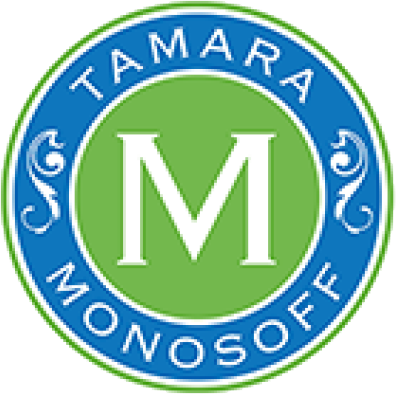I have worked closely with Pitch Public Relations for years and have received unprecedented media coverage. I know you have a lot of questions about PR so I reached out to my good friend Ann Noder, President of Pitch Public Relations, to get some answers to your questions.
Question: “I have a great product, but no one is responding to me. What am I doing wrong?”
Ann: PR isn't easy! Keep in mind, the media is inundated with press releases and pitches. Step back and ask yourself “What about my business is newsworthy? Why should people care?” Remember, the media isn't interested in doing you a favor. They want a great story idea that their viewers and readers care about. Make sure you are broadening your story to make it relevant and interesting to others. Also, be sure to tailor your pitch according to the target. A family/parenting editor at Parents Magazine is going to respond to a different angle than the small business editor at The Wall Street Journal. One pitch doesn't fit all. A pitch should be no more than two short paragraphs. Don't tell your whole story – just get them interested!
Question: What's the difference between a Press Release and a Pitch?
Ann: A press release is a formal announcement – such as the launch of a business, a significant partnership agreement, or major business milestone. Press releases should be reserved for these important announcements. Too many press releases will be a major turnoff to the media. A pitch is an informal story idea presented to a specific media contact for possible editorial coverage. Pitches can be tailored to the target. Reporters, producers and editors typically respond more favorably to pitches, especially when they are narrowly personalized to fit their specific editorial needs.
Question: When you want to get on a particular show, magazine or newspaper, HOW do you find the right person?
Ann: Today's social media platforms have made this easier than ever. Many producers, editors and reporters are on Twitter, Facebook and LinkedIn – and they are encouraging businesses to pitch them via those methods. Do a little Google searching to find contacts and them locate them on these social media pages. Also, be a consumer of news. Read the magazines you want to get into. The front inside pages of the magazine typically prints a list of editor contacts. Watch the news and TV morning shows and discover what types of stories various reporters cover – so you can pitch them just the right angle. Most print outlets (magazines and newspapers) now have online editorials and many of those editors are listed online with their email address. Call your local TV station or newspaper and ask! Tell them what your story is – briefly – and find out who would be the best contact for you to reach out to. It takes a little leg work. PR firms have extensive media databases and contacts that make this process quick and easy.
Question: When is the best time to do PR?
Ann: This depends greatly on your business. Do you have a seasonal product or more relevance during certain periods? Is your product new or has it been on the market for years? If your business is more evergreen and appropriate throughout the year, then you can start whenever you are ready! How do you know if you are ready? You should have a website, and you should be ready to tell the world about your business. If you are a manufacturer, you should have a product to show/share (or at least photos) and your product should be available to the public within three months of starting the PR. That brings us to the topic of editorial timelines. Magazines are working on issues three to six months in advance! Newspapers and TV shows can take a few weeks to a few months to feature. Online stories can post immediately – as soon as they receive the pitch. Keep these timelines in mind when figuring out when to launch.
Question: How can I include social media into my PR strategy?
Ann: If you haven't already done so, you should have social media pages dedicated to your business including Facebook, Twitter, LinkedIn and in some cases Google +, Pinterest and others. Having those sites is just the first step. Filling them with good content and keeping them active and current is the the next, and most critical, part. Media outlets have their own social pages, and the more you can connect (and follow) those sites, the better! In some cases, you might have the opportunity to have your business featured on these social sites rather than mainstream media features. Social media features can help populate your pages with new followers and increase your social media presence, and also help with search engine optimization. You might also consider blogging (if you can keep your site relevant and interesting.) Blog content can help you create new pitches and put your business in an expert position with the media.
I hope this was helpful. If you have more questions, please let us know by responding at the bottom of this post or contact Pitch PR directly.
Ann Noder is CEO/founder of Pitch Public Relations. Pitch is a boutique consumer PR firm headquartered in Phoenix, Arizona.
Ann and her seasoned team are highly results oriented and have a stellar reputation for dazzling clients.





0 Comments